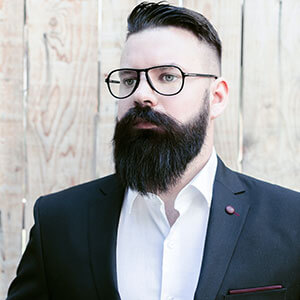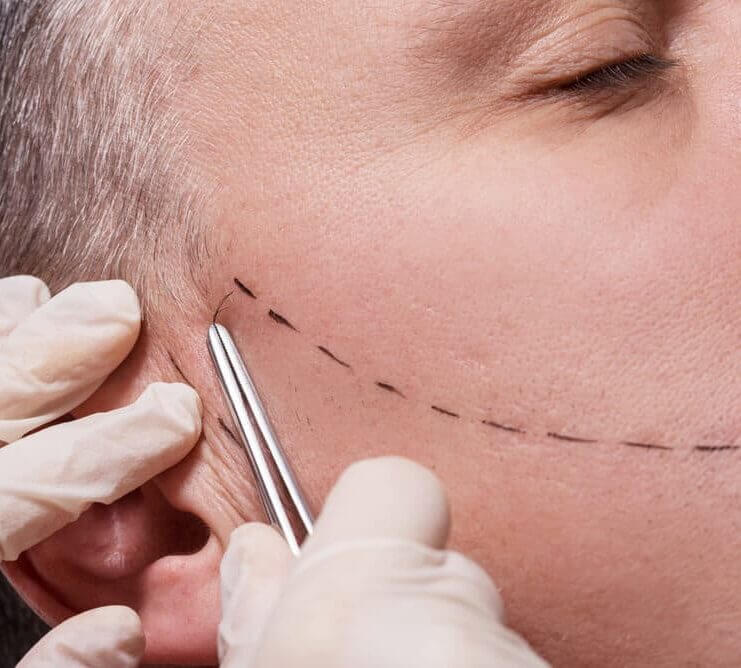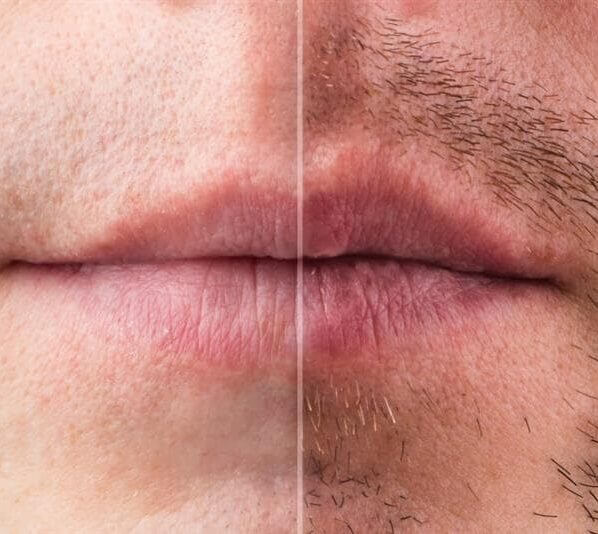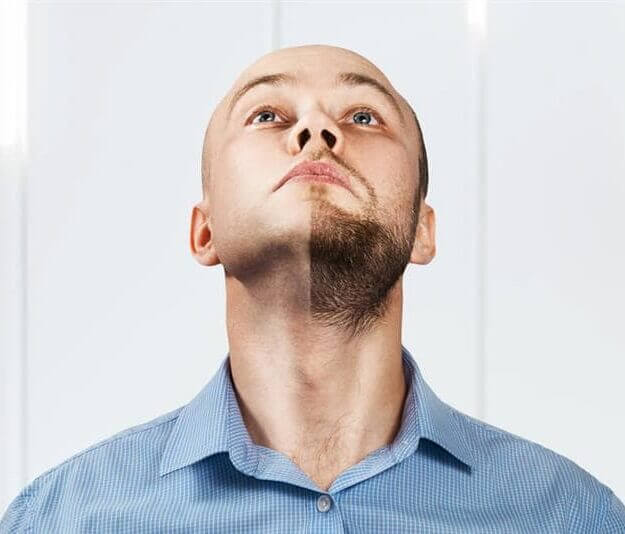Facial hair transplant in Turkey is a cosmetic procedure sought by individuals looking to enhance their facial hair density and achieve their desired appearance. It is a popular solution for those struggling with patchy or thin facial hair growth, as well as for individuals who have experienced facial hair loss due to genetics, injury, or medical conditions. Patients who enquire about this service have had successful beard transplant, moustache transplant, and eyebrow transplant procedures. It’s possible to transplant hair anywhere on the face with the assistance of our expert cosmetic surgeons!
We’ll get back to you within one business day (via e-mail & WhatsApp)
Facial hair transplants in Turkey offer a range of benefits that attract people from all over the world. First and foremost, it provides natural and long-lasting results. Our skilled Turkey cosmetic surgery experts use advanced techniques to transplant hair follicles from the donor area (typically the back of the scalp) to the recipient area on the face. This is perfect if you need a Turkey beard transplant or moustache transplant in Turkey where you want your scalp and facial hair color to match.
The procedure is minimally invasive, allowing for quicker recovery times compared to other hair restoration techniques. Patients can resume their regular activities within a short period, making it a convenient option for those with busy lifestyles. We also offer eyebrow transplant procedures, which are popular among those who have over-plucked their brows and are struggling to see regrowth. An eyebrow transplant can replace missing brow hair and help you achieve your desired look without using makeup to fill in the gaps.




The cost of a facial hair transplant depends on several factors, including the extent of the transplantation required, the technique used, the expertise of the surgeon, and the location of the clinic. For example, a Turkey beard transplant is likely to cost more than an eyebrow transplant, while a Turkey moustache transplant might be between the two price points. It’s crucial to consider that facial hair transplant in Turkey is generally more cost-effective than in many other countries, making it an attractive option for international patients.
While discussing the moustache, brow, or beard transplant cost, it’s important to emphasize that at the Badge Clinic, the focus is on delivering the best results for each patient. The clinic takes pride in offering personalized treatment plans that cater to individual needs and goals. The team of experts carefully evaluates the patient’s facial hair condition and creates a customized approach to ensure the most satisfactory outcome.
The facial hair transplant process is a meticulously performed procedure at Badge Clinic. The first step involves a thorough consultation with the patient, during which the surgeon evaluates the facial hair pattern, density, and the areas that require enhancement. After assessing the patient’s unique features and desires, a tailored treatment plan is developed.
The transplant itself involves extracting hair follicles from the donor area, often located at the back of the scalp, using advanced techniques such as Follicular Unit Extraction (FUE). These harvested follicles are then meticulously transplanted into the recipient sites on the face.
The surgery is usually conducted under local anaesthesia, ensuring a comfortable experience for the patient. We can also offer sapphire FUE hair transplant procedures if you need some additional assistance creating your signature look.




The Badge Clinic stands out as a leading provider of facial hair transplants in Turkey. With a team of highly skilled and experienced surgeons, the clinic has assisted thousands of individuals in achieving their dream facial hair look through personalized and effective transplantation procedures.
Choosing Badge Clinic means entrusting your facial hair transformation to a team that genuinely cares about your aspirations and works diligently to make them a reality. Their dedication to patient satisfaction and a focus on delivering natural and aesthetically pleasing results make them a standout choice for facial hair transplantation in Turkey.
The transplanted hairs used in the procedure come from the patient’s own scalp, specifically the thickest and most beard-like region at the back of the head. This careful selection ensures the best possible match in terms of colour, consistency, and texture, resulting in a natural-looking beard without any noticeable differences.
After undergoing a Turkey beard or moustache transplant surgery, patients can resume shaving approximately 10 days post-surgery without worrying about damaging the transplanted hair follicles. However, it is essential to handle the shaving process gently, as the face may feel slightly sensitive or tender during this initial period.
The number of grafts required for a beard transplant depends on the desired look. While it is possible to achieve a full beard or a goatee through transplantation, the size of the beard directly correlates to the number of grafts needed. For a goatee, typically only 1200-1500 grafts are necessary, whereas a full beard may require a higher quantity, ranging from 2500-3000 grafts.
The results of a brow transplant are long-lasting, as the hairs that grow from the transplanted follicles are permanent. These transplanted hairs will continue to grow like regular hair on the head, reaching lengths longer than the existing brow hair. Regular grooming is necessary to maintain the proper length of the transplanted eyebrow hair, much like how many women already groom their natural brows.
A standard eyebrow transplant procedure typically requires anywhere from 50 to 100 hair grafts. However, the exact number of grafts needed may vary depending on the specific condition and requirements of the individual patient.